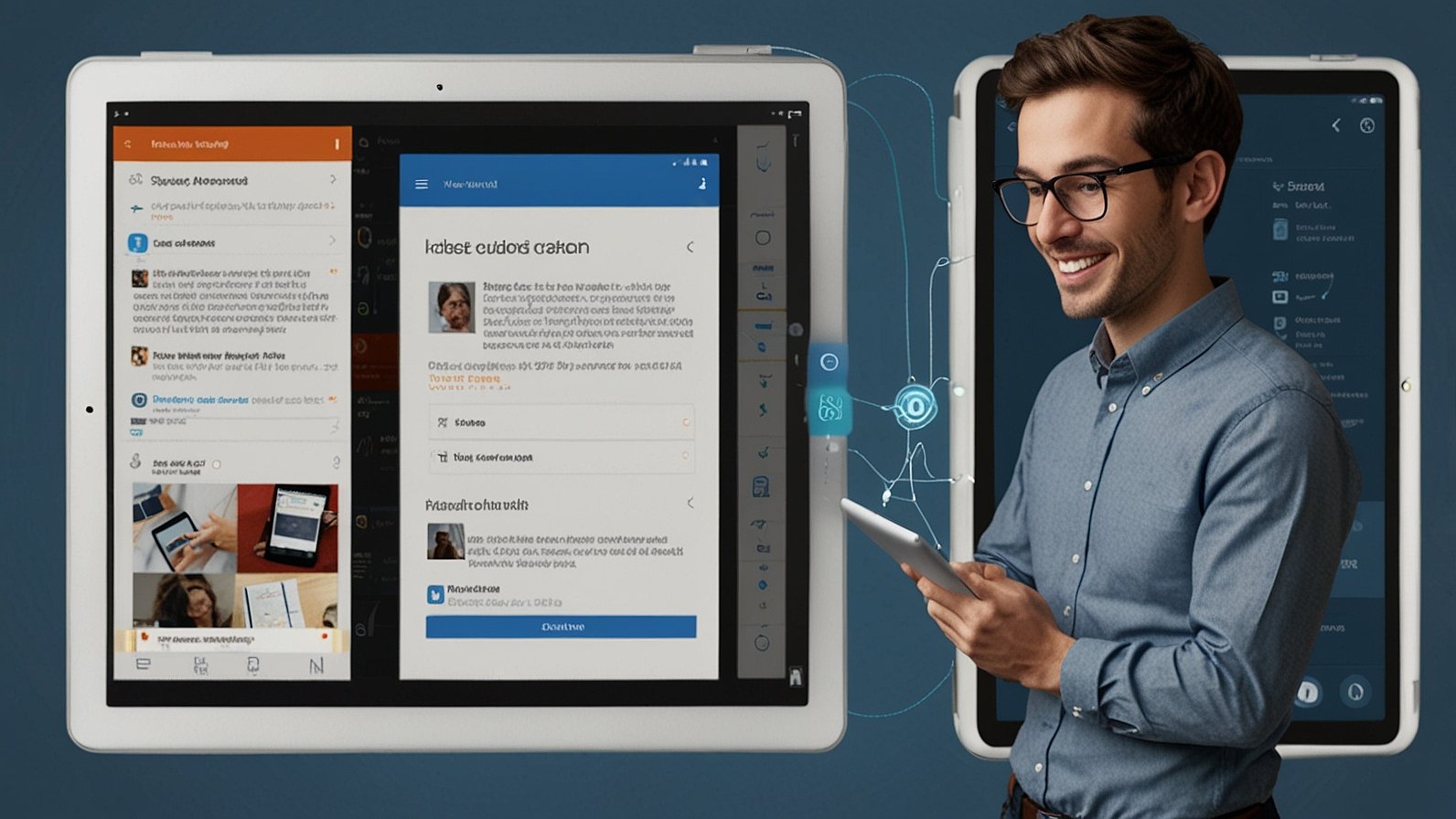Scientific freezers, especially those used in pharmaceutical and biomedical fields, are critical for preserving sensitive materials such as biological samples, vaccines, and chemicals. These freezers operate at ultra-low temperatures to ensure the integrity of stored materials, making them indispensable in laboratories and research facilities. However, their energy consumption is a growing concern, especially as sustainability becomes a more pressing issue globally. This content explores how to balance the performance of scientific freezer with energy efficiency and sustainability, with a particular focus on the deep freezer for pharmaceutical applications.
The Importance of Scientific Freezers in the Pharmaceutical Industry
Scientific freezers, particularly deep freezers, play a vital role in the pharmaceutical industry. These units are designed to store drugs, vaccines, and biological samples at temperatures ranging from -20°C to -80°C or even lower. This preservation is crucial to maintaining the efficacy of these products, as fluctuations in temperature can compromise their stability and effectiveness. For example, the mRNA vaccines developed for COVID-19 require storage at ultra-low temperatures to remain viable.
The demand for deep freezer for pharmaceutical use has surged in recent years, particularly with the rise in vaccine development and distribution. As the pharmaceutical industry continues to expand, so does the need for reliable and energy-efficient freezing solutions.
The Energy Challenge
Despite their critical role, scientific freezers are notorious for their high energy consumption. Ultra-low temperature (ULT) freezers, for instance, can consume as much energy as an average household, leading to significant operational costs and environmental impact. The continuous operation required to maintain low temperatures contributes to the high energy demand, making these freezers one of the most energy-intensive pieces of equipment in laboratories.
The challenge, therefore, is to find ways to reduce energy consumption without compromising the performance and reliability of these freezers. This is especially important in the pharmaceutical sector, where maintaining precise temperature control is non-negotiable.
Technological Innovations for Energy Efficiency
Recent advancements in technology have provided several solutions to improve the energy efficiency of scientific freezers. These innovations focus on optimizing cooling systems, improving insulation, and integrating smart features that enhance performance while reducing energy use.
- Advanced Refrigeration Systems
One of the key areas of innovation is the refrigeration system itself. Traditional freezers rely on single-stage cooling systems, which can be inefficient at ultra-low temperatures. Modern freezers, however, use dual-stage refrigeration systems that significantly improve energy efficiency. These systems utilize two separate cooling cycles to reach and maintain ultra-low temperatures, reducing the workload on the compressor and lowering energy consumption.
Additionally, variable speed compressors (VSC) are being implemented in newer models. Unlike fixed-speed compressors that operate at full capacity regardless of the cooling demand, VSCs adjust their speed based on the required cooling, leading to substantial energy savings. - Enhanced Insulation
Insulation plays a crucial role in maintaining low temperatures and minimizing energy loss. Advanced insulation materials, such as vacuum insulation panels (VIPs), are being used in scientific freezers to reduce heat transfer and improve energy efficiency. VIPs are highly effective at minimizing thermal conductivity, allowing freezers to maintain stable temperatures with less energy.
The use of phase-change materials (PCMs) is another innovation that enhances insulation. PCMs absorb and release heat as they change phases (e.g., from solid to liquid), helping to stabilize internal temperatures and reduce the frequency of compressor cycles. - Smart Features and Remote Monitoring
The integration of IoT and smart technologies into scientific freezers has revolutionized energy management. These features allow users to monitor and control freezer performance remotely, receive alerts for temperature fluctuations, and optimize settings for energy efficiency.
For example, smart freezers can adjust cooling cycles during periods of low activity or based on real-time data from sensors. This prevents overcooling and reduces energy consumption. Additionally, remote monitoring systems enable facility managers to track energy usage and identify opportunities for further efficiency improvements. - Eco-Friendly Refrigerants
Traditional refrigerants, such as hydrofluorocarbons (HFCs), have a high global warming potential (GWP), contributing to climate change. In response, manufacturers are transitioning to eco-friendly refrigerants with lower GWP, such as hydrocarbons (e.g., propane) and natural refrigerants like carbon dioxide.
These refrigerants not only reduce the environmental impact of scientific freezers but also improve energy efficiency. For instance, propane-based refrigerants are more efficient at transferring heat, allowing freezers to achieve the desired temperatures with less energy.
Balancing Performance with Sustainability
While technological advancements have made significant strides in improving energy efficiency, the challenge remains to balance these gains with the performance requirements of scientific freezers. In pharmaceutical applications, where even slight temperature variations can have serious consequences, reliability is paramount.
Achieving this balance requires a multifaceted approach that considers not only the equipment but also the practices and policies within laboratories and facilities.
- Energy-Efficient Practices
Implementing best practices in freezer use can further enhance energy efficiency. For instance, organizing freezer contents to minimize the time spent with the door open can reduce energy loss. Regular maintenance, such as cleaning filters and defrosting the unit, also ensures optimal performance and energy use.
Additionally, laboratories can consider consolidating freezer storage. Instead of operating multiple half-empty freezers, consolidating samples into fewer, fully stocked units can reduce the total energy consumption. - Lifecycle Assessment
When selecting a deep freezer for pharmaceutical applications, it’s important to consider the entire lifecycle of the equipment, from manufacturing to disposal. Energy efficiency should be a key factor in the purchasing decision, but so should durability and maintenance requirements.
A freezer that requires frequent repairs or has a shorter lifespan may end up being less sustainable overall, even if it’s initially more energy-efficient. Therefore, investing in high-quality, reliable equipment is essential for long-term sustainability. - Sustainable Energy Sources
Another approach to balancing performance with sustainability is to use renewable energy sources to power scientific freezers. Solar panels, wind turbines, or other green energy solutions can offset the carbon footprint of energy-intensive equipment.
While this may not directly reduce the energy consumption of the freezer itself, it does contribute to overall sustainability by reducing reliance on fossil fuels. - Policy and Regulation
Regulatory bodies and industry standards also play a role in promoting energy efficiency in scientific freezers. For example, the U.S. Environmental Protection Agency’s ENERGY STAR program certifies energy-efficient laboratory equipment, including freezers. By choosing ENERGY STAR-certified products, laboratories can ensure they meet both performance and sustainability standards.
Furthermore, some governments and institutions offer incentives for adopting energy-efficient technologies, such as tax credits or grants. Taking advantage of these programs can help offset the initial cost of upgrading to more efficient freezers.
Case Study: Energy Efficiency in Pharmaceutical Freezers
To illustrate the practical application of these concepts, consider a pharmaceutical company that recently upgraded its deep freezer for pharmaceutical storage. The company implemented several energy-efficient solutions, including dual-stage refrigeration, VIP insulation, and smart monitoring systems.
By doing so, the company reduced its freezer energy consumption by 30%, resulting in significant cost savings and a reduced carbon footprint. Additionally, the enhanced performance of the freezers ensured the stability and integrity of critical pharmaceutical products, demonstrating that energy efficiency and reliability can go hand in hand.
Conclusion
As the demand for scientific freezers, particularly in the pharmaceutical industry, continues to grow, the need for energy-efficient solutions becomes increasingly important. By embracing technological innovations, best practices, and sustainable energy sources, laboratories and facilities can balance performance with sustainability.
Investing in energy-efficient scientific freezers not only reduces operational costs and environmental impact but also ensures the reliability and effectiveness of stored materials. As the industry evolves, the integration of energy efficiency into every aspect of scientific freezing will be key to achieving a sustainable future.










